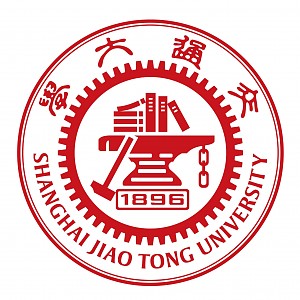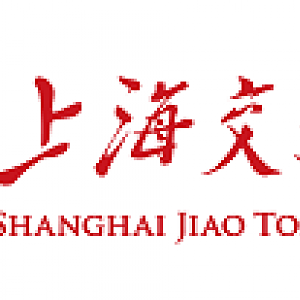Overview
Shanghai Jiao Tong University, a leading research university located in Shanghai, China, has been regarded as the fastest developing university in the country for the last decade. With special strengths in engineering, science, medicine and business, it now offers a comprehensive range of disciplines in 27 schools with more than 41,000 enrolled students from more than one hundred countries.
MOOCs
Shanghai Jiao Tong University have partnered with Coursera to deliver online courses to learners across the globe.
Learn new skills, pursue your interests or advance your career with these short online courses from Shanghai Jiao Tong University:
Click on a course title to go to the course page
See all courses from Shanghai Jiao Tong University on Coursera ►
Learn new skills, pursue your interests or advance your career with these short online courses from Shanghai Jiao Tong University:
Click on a course title to go to the course page
- Learn Mandarin Chinese | Coursera
- Mandarin Chinese 1: Chinese for Beginners | Coursera
- Learn Mandarin Chinese: Intermediate | Coursera
- Discrete Mathematics | Coursera
- Mandarin Chinese 2: Chinese for Beginners | Coursera
- Mandarin Chinese 3: Chinese for Beginners | Coursera
- 中医药与中华传统文化 | Coursera
- Mandarin Chinese for Intermediate Learners: Part 1 | Coursera
- Mandarin Chinese for Intermediate Learners: Capstone Project | Coursera
- 离散数学 | Coursera
- 杏林探宝——认知中药 | Coursera
- 当代应用心理学 | Coursera
- 生命科学发展史 | Coursera
- Mandarin Chinese for Intermediate Learners: Part 2 | Coursera
- Mandarin Chinese for Intermediate Learners: Part 3 | Coursera
- 常见慢性病的健康管理 | Coursera
- 生命安全与救援Life Safety and Rescue | Coursera
See all courses from Shanghai Jiao Tong University on Coursera ►


